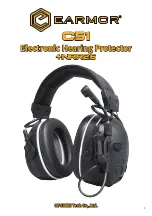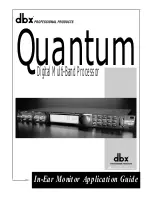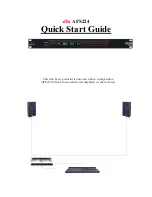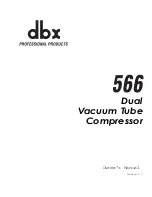
18
19
• Follow the instructions in the “
Switching off”
section:
- when the appliance is not is use;
- before leaving the appliance unattended, even for a short time;
- before topping up the chemicals;
- after use;
• Do not remove the plug from the power outlet by pulling on the power supply cable.
• Keep the power supply cable, any extension cords, the plugs and the outlets dry. Do not
touch them with wet hands.
• Should the power supply cable be damaged, contact a
Qualified Electrician
for its
replacement.
• Do not cover the appliance during operation and do not put it where there is inadequate
ventilation.
• When the appliance is used in enclosed spaces, make sure that there is adequate ventilation.
The appliance must not be used in enclosed spaces if it is operated with a combustion
engine.
• Do not get close to moving parts on the appliance, even if there are suitable devices for
protection.
• Do not remove the protective devices from moving parts.
• Do not tamper with hoses containing pressurised liquids.
• Do not carry out maintenance on the appliance when it is operating.
• Follow the instructions in the “
DESIGNATED USE
” section;
• Do not alter the appliance’s installation conditions: it is especially important not to alter its
assembly and hydraulic connections.
• Do not operate any taps mounted on the appliance unless they are connected to a utility that
prevents the pumped liquid being released by accident.
• Do not neutralise or tamper with the safety controls and devices and the pressure limit/
adjustment valve.
• Operating pressure must never exceed the maximum amount specified for the appliance
(also refer to the “
FEATURES AND TECHNICAL SPECIFICATIONS”
section).
a) Unroll the delivery hose (1) completely.
b) Check that the adjuster (24) for the lance (13) is turned completely towards “S” so that
the lever (26) can be put in the “OFF” position. Put the tap lever (41), if any, in the “OFF”
position.
c) Check that there is no pressure in the delivery hose as follows:
- turn the knob (29) on the adjustment valve anti-clockwise as far as it will go; this is only
necessary for MC16 as it does not have lever (30).
- operate lever (30) and put it into the “BY-PASS” position.
d) Start up the appliance so it can prime. If the appliance is fitted with an electric motor, operate
both the universal circuit breaker on the socket that the appliance is connected to, and the
switch on the electric motor, if any, by putting them both in position “1” (please remember
to take into account the recommendations regarding three-phase motors in the “
Controls
and connection to mains electricity
” section). For appliances fitted with a combustion
engine, follow the instructions for the start up of the same in its operating and maintenance
instructions.
e) Bring the appliance up to pressure as follows:
- operate lever (30) putting it in position “PRESS”.
- turn the knob (29) until the required pressure is reached (turn clockwise to increase
pressure, anticlockwise to decrease). The level of pressure is shown on the pressure
gauge (37) (if any).
f) Put the tap lever (41), if any, in the “ON” position










































